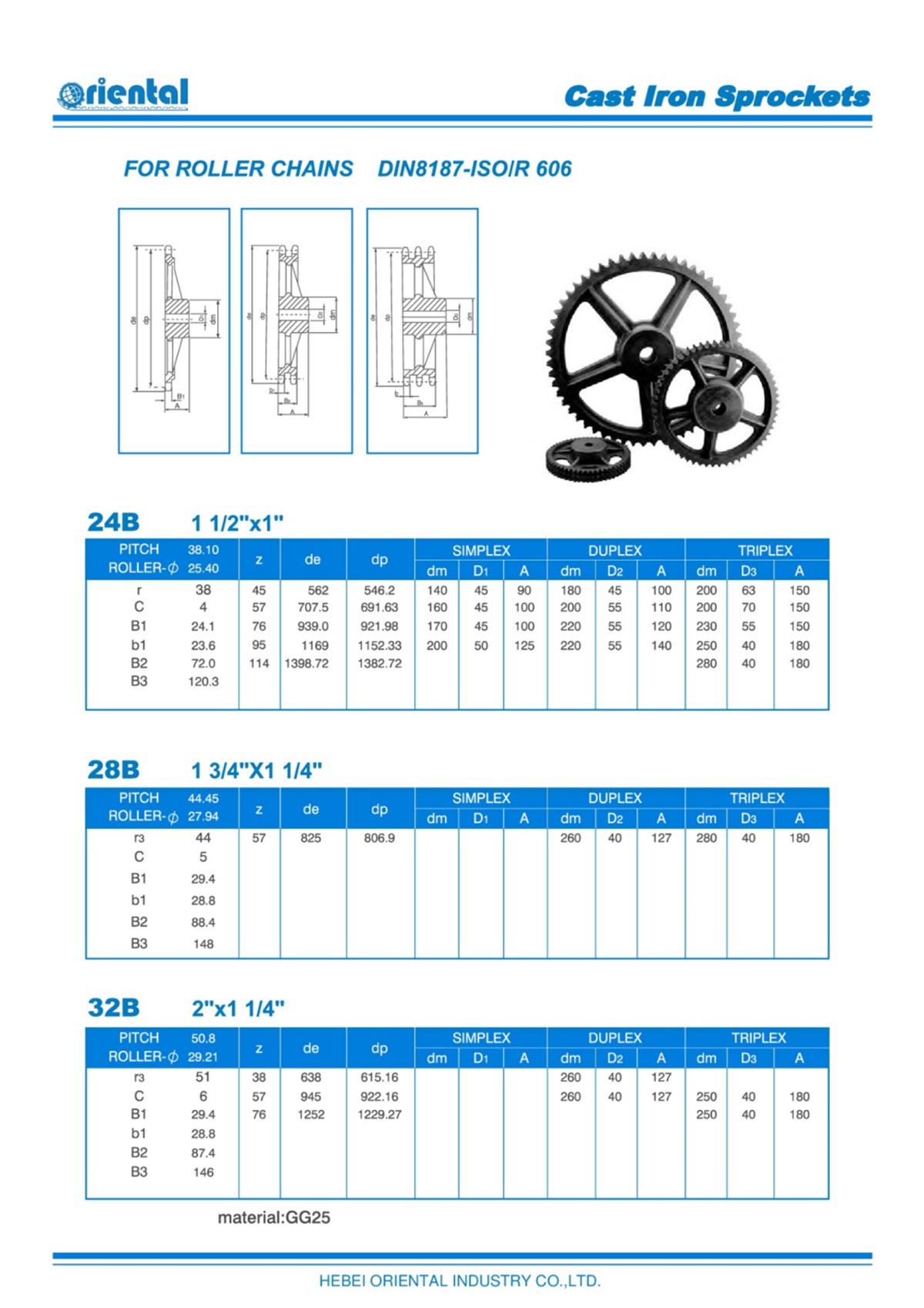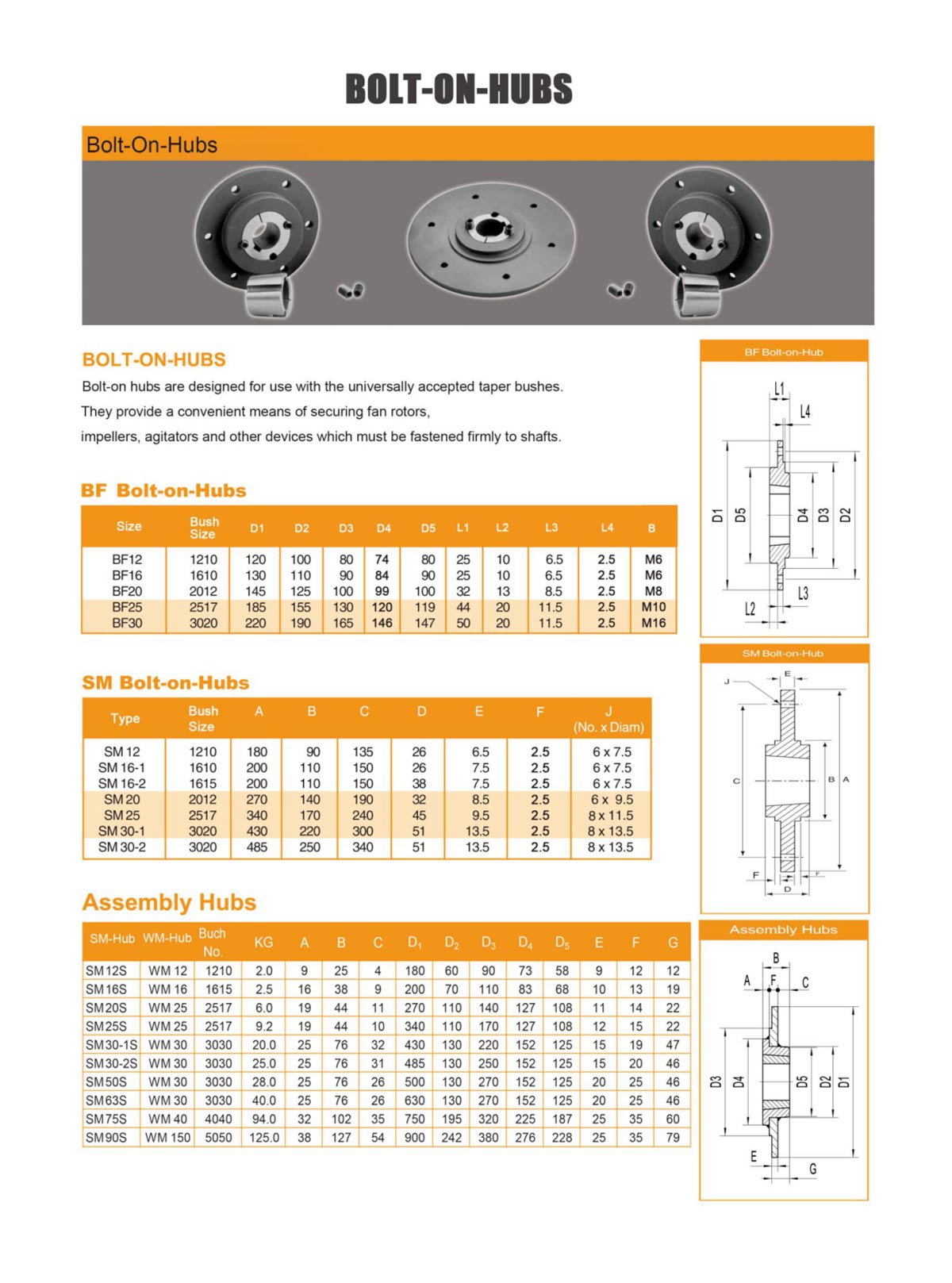Maintaining traction and avoiding drive pulley slippage is important to maximize conveyor production and avoid damage to conveyor components. Photo: PPI
Conveyor drive pulleys must maintain belt traction to operate properly. Opt

When traction is compromised, production suffers and pulley or belt damage can occur.
Traction problems are often a symptom of material overload, poor maintenance, component wear, component aging, contamination, inclement operating conditions and poor design. But with an understanding of the variables contributing to drive traction, most issues can be remedied quickly and some misconceptions about drive traction can be avoided.
Design handbooks and industry standards use versions of the Euler-Eytelwein formula, also known as the capstan equation, to estimate drive traction.
In most cases, a basic understanding of the formula’s variables is sufficient and a deep dive into equations isn’t necessary. The most significant variables are belt angular wrap on the pulley, coefficient of friction between the contact surfaces, and proper slack-side belt tension. Pulley diameter is not a significant variable, as test results illustrate.
In general, if one or more of these three variables isn’t right, then drive traction may become an issue. To correct traction problems, it is important to investigate all three of the key variables because they are interrelated. Focusing on just one or two may not solve the problem.
Also, the interaction between rubber-covered fabric belts and lagged pulleys is more complex than handbooks and industry standard equations consider. Rubbers and belt materials are elastic and exhibit significant stretch under load. Modeling of these interactions is an area of ongoing industry research. Fortunately, a solid understanding of the concepts suffices in solving most dilemmas.
Belt wrap, which is usually measured in degrees, is the amount of angular contact the belt makes as it wraps around the drive pulley.
In a simple two-pulley conveyor, the belt wraps around half of the pulley – which is 180 degrees. In more complex conveyors, it is common to use additional pulleys and increase the belt wrap to 210 degrees or more.
Changing pulley diameter has minimal impact on traction because the total driving force remains constant due to reduced contact pressure as diameter increases.
The belt applies a pressure on the pulley, resulting in a force that pushes into the pulley surface. The force is related to the belt tension at the point of contact and is highest on the tight side of the drive pulley and lowest on the slack side of the drive pulley.
Between these points, the force transitions throughout the arc of contact. Increasing the belt wrap increases the total force at the contact surface, resulting in increased traction.
In most cases, increasing the pulley diameter does not give the same traction improvement effect as increasing the belt wrap angle. The chart on the right illustrates this by showing that the available driving force remains constant as pulley diameter changes. This is due to the pressure reduction as diameter increases.
While making the drive pulley diameter larger typically won’t improve traction, adding a snub pulley to increase the belt wrap beyond 180 degrees is a common way to improve traction.
Friction between the belt and pulley is necessary for traction to occur.
Designers may use a bare steel, rubber-lagged or ceramic-tiled pulley surface to achieve the level of friction they desire. Steel surfaces have the lowest friction coefficient, rubber laggings are higher and nubbed ceramic-tiled surfaces tend to have the highest friction.
Additionally, belt cover properties may be changed to improve friction. Even well-designed conveyors can have traction problems if intended friction is reduced by damage, wear, rubber aging, contamination and material buildup.
Most of the friction coefficients published are an approximation of the friction factor for when the onset of global drive slip will occur, with a safety factor built in. In reality, a portion of the belt wrap angle is always slipping, and the remaining wrap is static between the belt and pulley surfaces.
In most cases, the traction of a drive pulley stays the same regardless of the diameter. As diameter is reduced to extremely small values, the friction factor becomes lower at the higher contact pressures.
As more power is transferred, the slipping portion of belt wrap increases until the entire belt wrap is slipping and the maximum power is being transferred. Attempting to use more power results in global drive pulley slippage.
While not intuitively obvious, the slipping portion of the belt wrap is what transfers the power. Handbooks and industry standards assume the coefficient of friction is constant for a particular situation. This isn’t always true, as can be seen by the loss of traction at smaller pulley diameters in the testing shown in the chart at right.
It is also important to maintain sufficient slack-side belt tension to avoid traction issues.
Conveyor designers must select a slack-side tension range when selecting pulleys, idlers, bearings, belting and frame components. Maintenance personnel should keep the conveyor tensioned within this intended range.
Too much slack-side belt tension and component failures may occur. Too little slack-side tension and drive slippage may occur.
Automatic or gravity take-up systems are intended to improve control of the slack-side belt tension. But even these systems require maintenance because hydraulic or pneumatic settings can change, rails and slides can be damaged or contaminated, and bearings or sheaves can stiffen and seize.
Manual take-ups create additional challenges to control slack-side belt tension. They often have no simple way to quantify what tension is being created, so the belt tension can vary significantly when adjusted. Quantifiable estimates can be made using belt stretch and belt sag methods, but they tend to be cumbersome – and most maintenance personnel rely on feel and experience.
In addition, slack-side belt tension varies significantly during operation due to belt stretch under load. When the drive applies power to the belt, the carrying portion of the belt will stretch. Since manual take-ups stay fixed during operation, the only place this stretched belt can go is to the slack side of the conveyor.
This leads to increased slack-side belt sag and reduced slack-side belt tension. This can result in a stationary belt being set with what appears to be ample slack-side tension yet, when stretched under load, having the slack-side belt tension reduced to levels that allow for drive slip and traction issues.
Maintaining traction and avoiding drive pulley slippage is important to maximize conveyor production and avoid damage to conveyor components. A basic understanding of the variables affecting traction is essential to confidently diagnose and correct drive slip issues.
The three variables discussed in this article are interrelated. A focus on fewer than all three can result in significant effort and expense without tangible improvement.
Industry field engineers will look at the belt wrap angle on the drive pulley, the friction coefficient of the pulley and belt contact surfaces, the condition of the pulley and belt contact surface, environmental factors that might be affecting traction, and the slack-side belt tension when the conveyor is stationary and running at peak load.
Weighing all factors, a technician can create a solution to traction problems that is simple, economical and effective.
Tim Wolf is vice president of engineering at PPI. He can be reached at twolf@ppi-global.com.
If you enjoyed this article, subscribe to Pit & Quarry to receive more articles just like it.

Motor Mountings © 2024 North Coast Media LLC, All Rights Reserved.